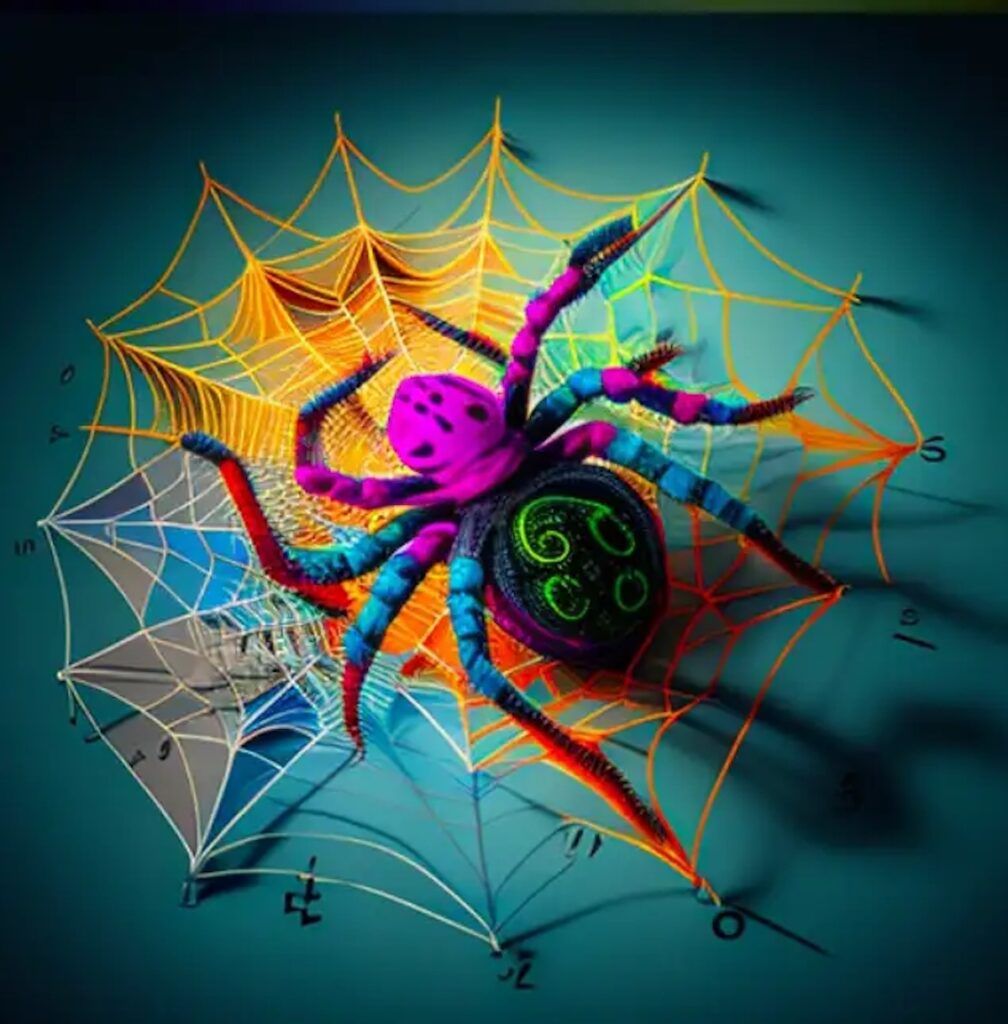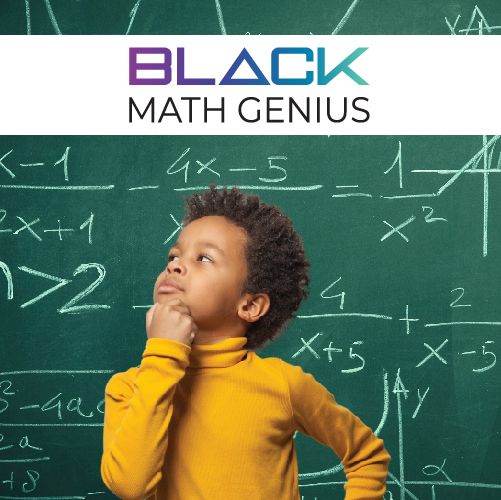I love math! As a Black woman math educator, I am constantly searching for new and creative ways to make math more accessible and exciting for people. One topic that I have found to be particularly fascinating is the mathematics of spider webs. By exploring how spiders use geometry, trigonometry, calculus, logarithmic spirals, and linear relationships to create their webs, we can see the universality of math and the incredible intelligence of these creepy crawly creatures.
Spider webs are complex structures (Quantum Computing Complex) that require a deep understanding of mathematical concepts in order to be constructed effectively. One of the most prominent mathematical concepts used in spider webs is geometry. The web’s circular shape is created using geometric principles, including circles and radii. The spider must carefully consider the size and placement of each circle in order to ensure that the web will be stable and able to support its prey.
Trigonometry is also important in the creation of spider webs. The spider must determine the angles at which the threads intersect, in order to create the correct tension and stability in the web. This requires a deep understanding of trigonometric functions and relationships, including sine, cosine, and tangent.
Calculus is also used by these genius creepy crawlers. The spider must be able to calculate the rate at which the silk is produced, in order to ensure that the web will be completed in a timely manner. This requires a knowledge of derivatives and integrals, as well as an understanding of how to solve optimization problems. Wait. Spiders understand calculus? Do you?

In addition to geometry, trigonometry, and calculus, spider webs also utilize logarithmic and linear mathematics in their formation. The logarithmic spiral is commonly seen in spider webs, as it provides an efficient way to arrange the threads while maintaining strength. This spiral shape allows the spider to increase the distance between threads as they move away from the center of the web, while still maintaining the necessary tension to keep the web intact. This logarithmic arrangement provides a balance between stability and economy of silk, allowing the spider to maximize the surface area of its web while using as little silk as possible. These little things are also economists, I guess.
The threads of the web form linear structures that must be carefully balanced in order to ensure the stability of the web. The spider must consider the length, angle, and tension of each thread, making real-time adjustments to ensure the overall stability of the web. This requires the spider to have a precise understanding of linear relationships, including the relationship between length and angle, as well as the relationship between tension and stability.
To make this topic even more visual and applicable, we can code an image of a spider web using Python with Turtle. This will help students see the connections between math and coding, and can inspire them to think more deeply about how math can be used to solve real-world problems.
In conclusion, the mathematics of spider webs is a rich and complex topic that incorporates many different areas of mathematics, including geometry, trigonometry, calculus, logarithmic spirals, and linear relationships. By understanding the math behind spider webs, we can gain a deeper appreciation (or be jealous) for the incredible intelligence and adaptation of these creatures, and learn how math can be used to solve real-world problems. By incorporating these concepts into math instruction, educators can inspire their students to see the beauty and relevance of mathematics in their daily lives.
Black Math Genius provides professional development, RTI tutoring services, and STEM program design to enhance deep conceptual understanding of these mathematical concepts for teachers and students. This level of understanding and application will help teachers better engage and inspire their students, and promote a love of math in the next generation. To learn more about these resources, visit BlackMathGenius.com or e-mail [email protected] to book Dr. LaMailede Assata Moore. @BlackMathGenius on all socials to learn cool math.



0 Comments